By William E. Welsh
T he lead elements of the First Brigade of the U.S. Third Infantry Division became heavily engaged against Iraqi forces at the Saddam International Airport on the southwest outskirts of Baghdad on April 3, 2003, but by the end of the day they had secured it. Over the course of the next six days, the airport would serve as a vital logistics hub for U.S. military forces seeking to capture the Iraqi capital. Iraqi mortar fire had killed two U.S. servicemen in the battle for the airport, and more American casualties were sure to follow before Baghdad fell.
Paul Ray Smith was one of the soldiers who had arrived at the airport on April 3. Smith was born on September 24, 1969, in El Paso, Texas, but he grew up in Tampa, Florida. He had a knack from a young age for building things. He liked to work on cars, and during his high school years he became interested in carpentry to the extent that he landed a part-time job as a carpenter’s assistant as a teenager.
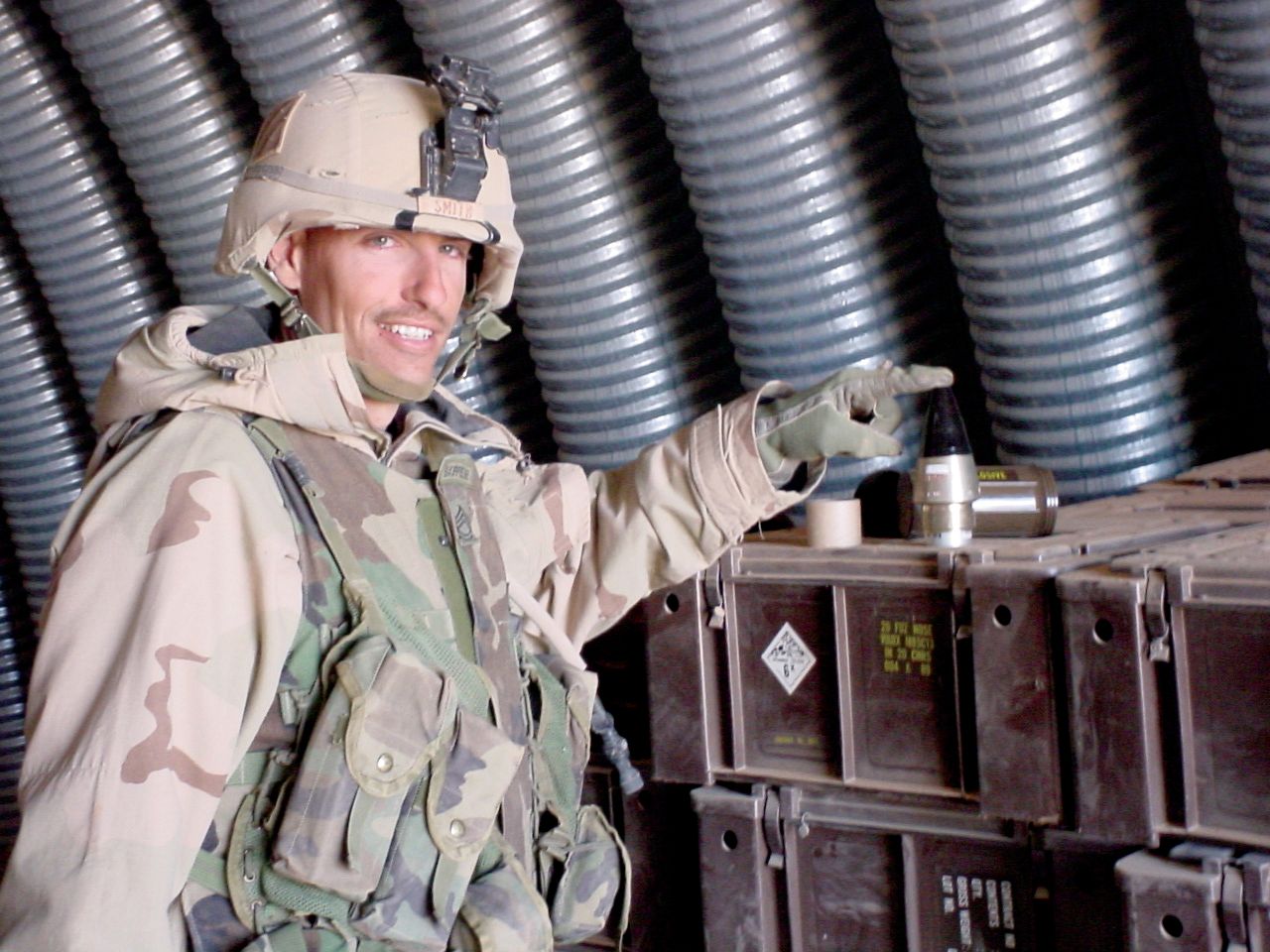
Having graduated from Tampa Bay Vocational Tech High School in spring 1989, he joined the U.S. Army in October of that year. The Army sent Smith to undergo basic training at Fort Leonard Wood in Missouri. After completing his basic training, he shipped out for Schweinfurt, Germany, where he joined the U.S. 9th Engineer Battalion.
Smith’s first deployment to a combat zone occurred during the Gulf War of 1991. He subsequently served as part of the U.S. Army’s 2nd Brigade Combat Team during operations Joint Endeavor and Joint Guardian, which were efforts to protect Bosnia-Herzegovina and Kosovo, respectively. He transferred into the 11th Engineer Battalion, the unit with which he would serve in Iraq, during Joint Guardian in 2received a much-deserved promotion to sergeant first class the following year.
U.S. military aircraft began conducting preemptive strikes on military targets throughout Iraq on March 20, 2003, at the outset of Operation Iraqi Freedom. Next, 67,700 American troops invaded the country in the wake of dictator Saddam Hussein’s alleged breach of U.N. Security Council Resolution 1441, which prohibited nations from stockpiling and importing weapons of mass destruction.
Smith had shipped out for Iraq with Bravo Company, 11th Engineer Battalion of the U.S. 3rd Infantry Division. Bravo Company was tasked during the invasion with supporting the 2nd Battalion, 7th Infantry Regiment, 1st Brigade of the U.S. 3rd Infantry Division.
The combat engineer company crossed into Iraq on March 19, moved through Karbala Gap and across the Euphrates River, and into position with other elements of the mechanized infantry division to seize Saddam International Airport.
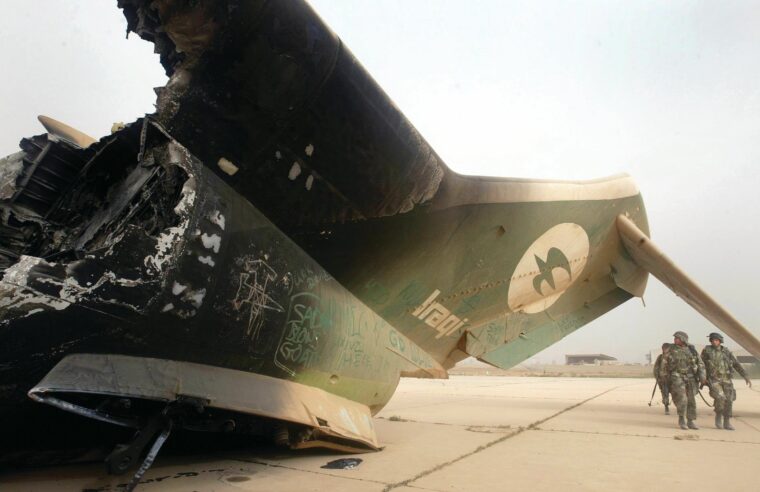
Smith, who was married at the time of his deployment to Iraq, had two children. In preparing for the rapid deployment to Iraq, Smith made sure that the soldiers of his platoon were proficient in handling their weapons and well versed in the challenges of urban combat. In a letter to the parents of one of his soldiers serving with him in Iraq, Smith pledged to look after the safety of his men.
He said he was prepared to give “all that I am, to ensure that all my boys make it home.”
Smith was part of a 100-man force tasked on the morning of April 4 with taking up a position one mile east of the airport on the main highway linking Baghdad to the airport. The troops had to establish a roadblock to protect U.S. Army forces at the airport from possible Iraqi sorties from Baghdad. In the process of establishing the roadblock, a skirmish developed in which the Americans captured some Iraqi soldiers. Smith and his engineer squad then set about looking for a safe place to temporarily detain the prisoners of war.
Smith spotted a nearby walled courtyard that would serve their needs perfectly. Gathering additional help, he and 16 other soldiers used an armored combat earthmover to knock a hole in the south wall of the courtyard. Noticing that there was a gate on the north wall, Smith assigned several soldiers to guard it. Looking through the gate, they noticed that there were a fairly large number of Iraqi soldiers in a nearby trench. It would later turn out to be a company-sized force of approximately 100 men. They reported their observation to Smith, who immediately requested more firepower to counter the threat and protect the American soldiers defending the critical position. In response to his request, two infantry platoons, three M113 armored personnel carriers, and a Bradley Fighting Vehicle arrived. The Americans then engaged the Iraqi troops, and a major firefight developed. Smith played a prominent role leading troops in the attack against the Iraqi position. In addition to using his rifle, he hurled hand grenades and fired anti-tank weapons at the enemy.
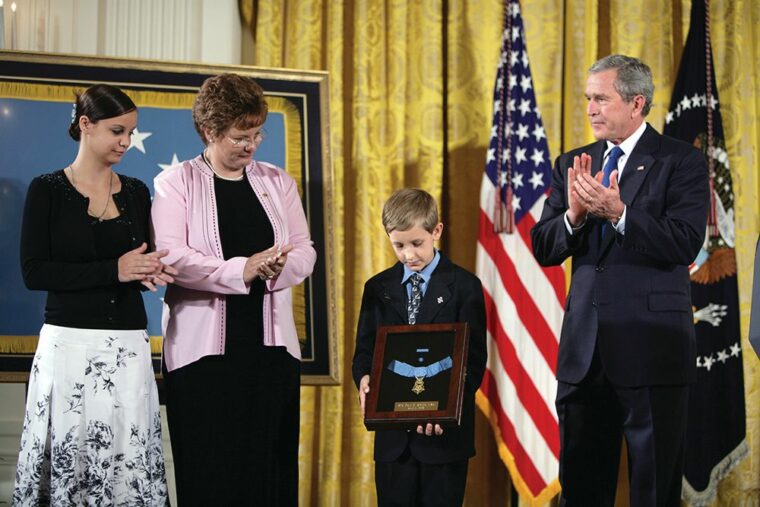
When Iraqi 60mm mortar and rocket-propelled grenades destroyed one of the M113s, wounding all three crewmen, Smith oversaw the speedy evacuation of the wounded soldiers. Fearing that the Iraqis might gain the upper hand in the firefight, Smith worked his way to one of the damaged APCs and began firing its Browning M2 .50-caliber machine gun at the enemy. Ignoring the danger inherent in being in an exposed position, he laid down a withering fire that helped shatter the enemy assault. It was in this position that he was mortally wounded. Five days after Smith gave his life in the line of duty, Baghdad fell to American forces.
“His courageous actions helped defeat the enemy attack, and resulted in as many as 50 enemy soldiers killed, while allowing the safe withdrawal of numerous wounded soldiers,” states his Medal of Honor citation.
“Like every one of the men and women in uniform who have served in Operation Iraqi Freedom, Sergeant Paul Smith was a volunteer,” U.S. President George W. Bush noted in presenting the posthumous Medal of Honor to Smith’s family members at a White House ceremony held on April 4, 2005. “We recall with appreciation the fellow soldiers whose lives he saved and the many more he inspired.
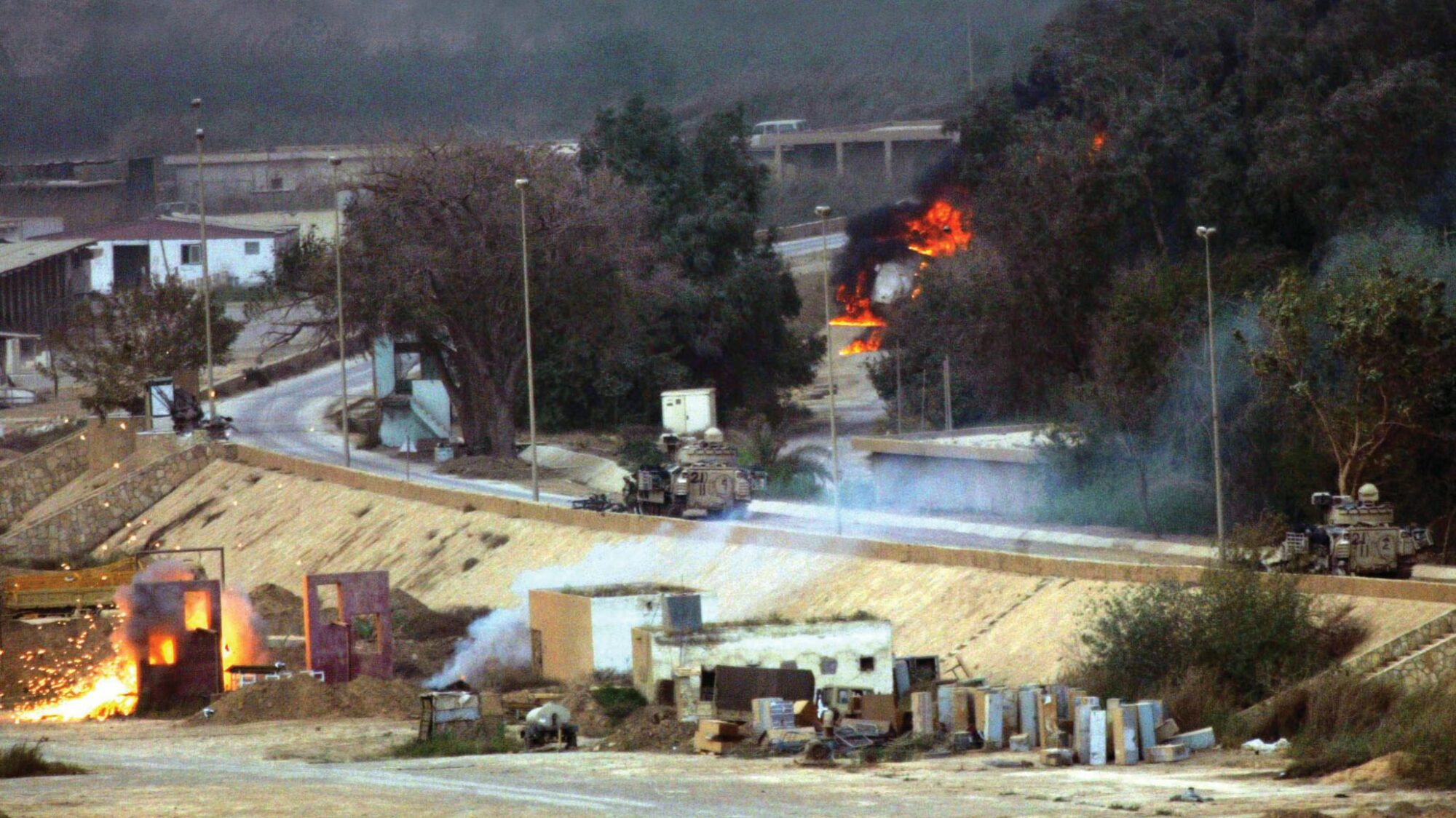
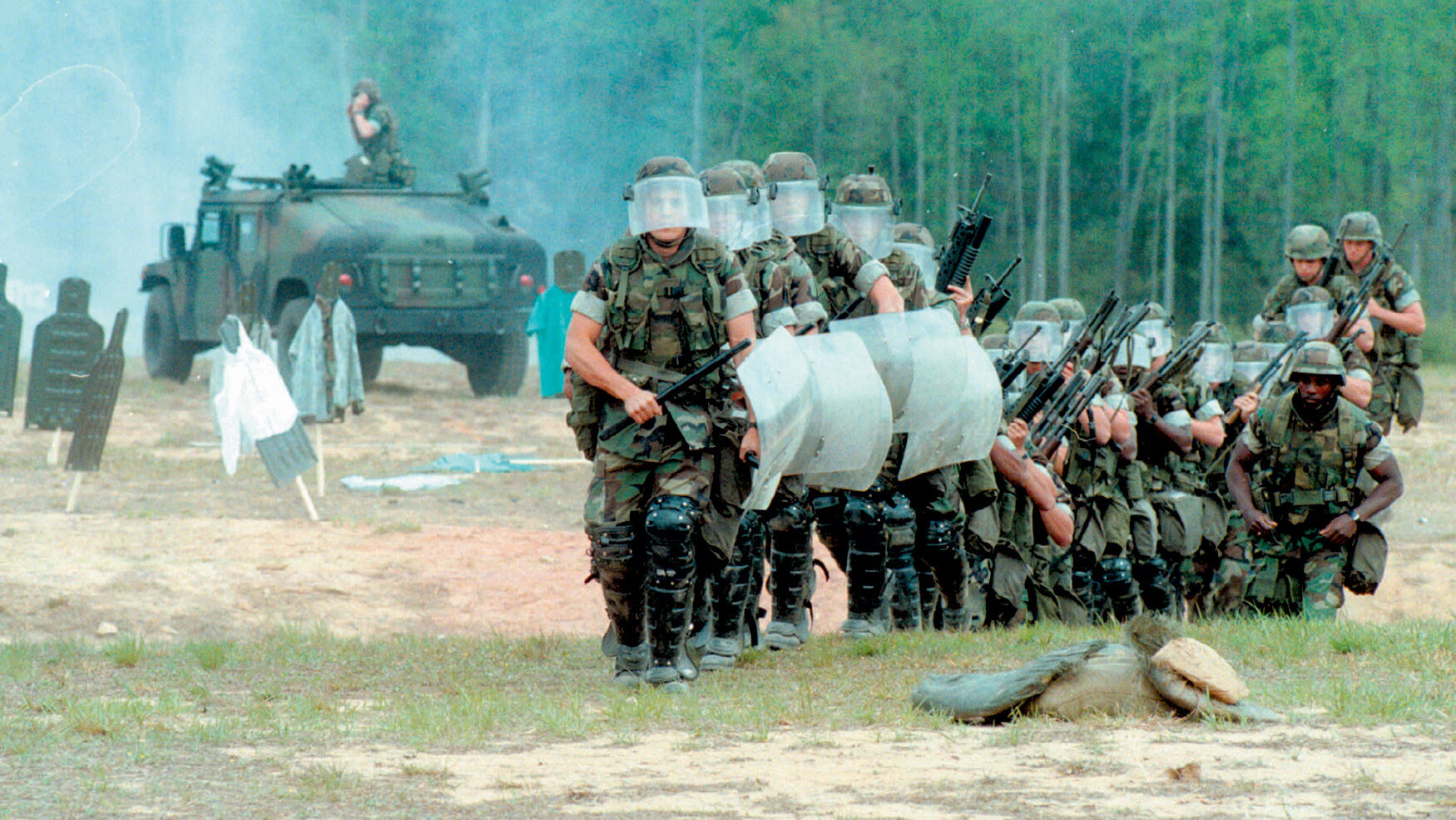

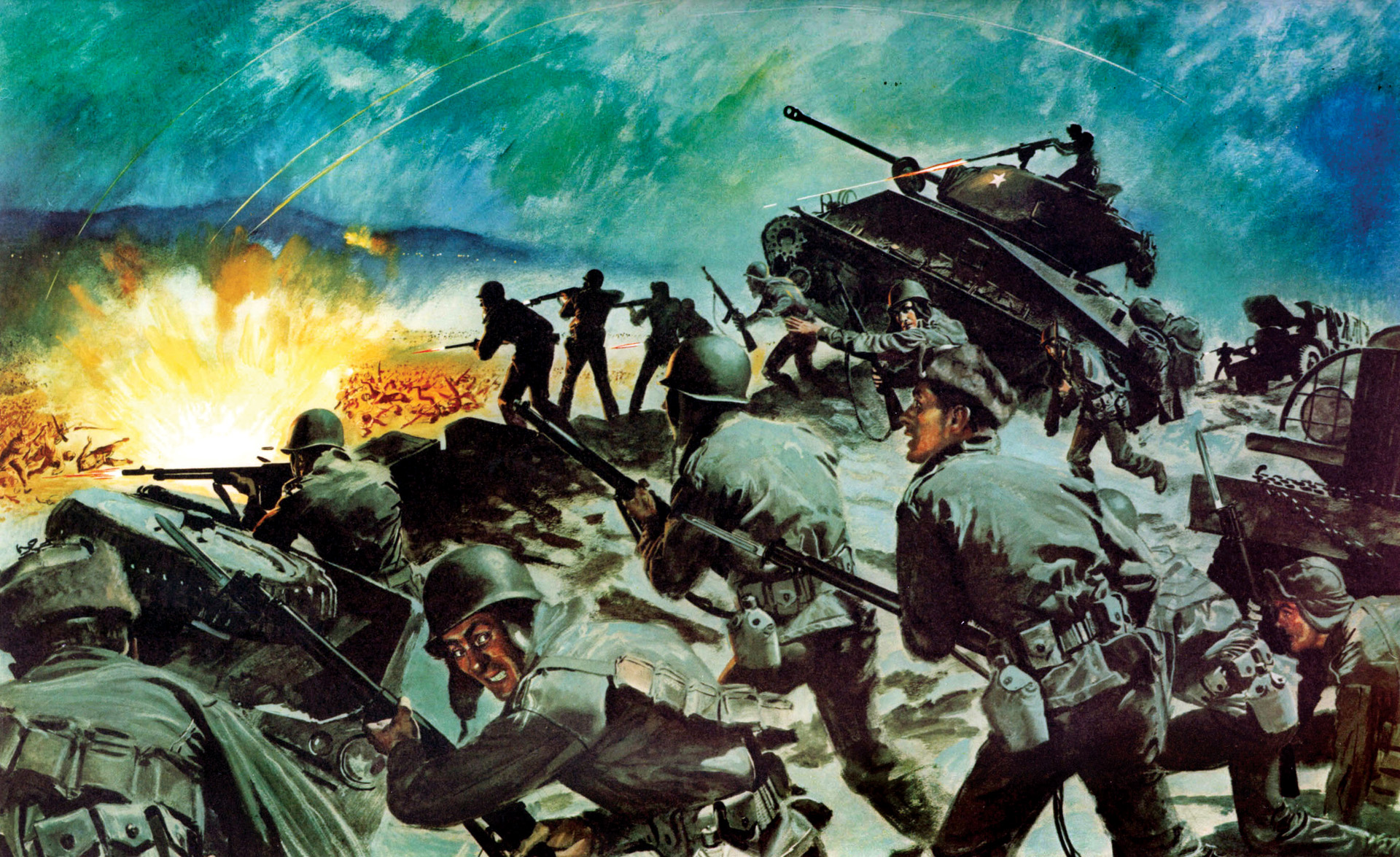
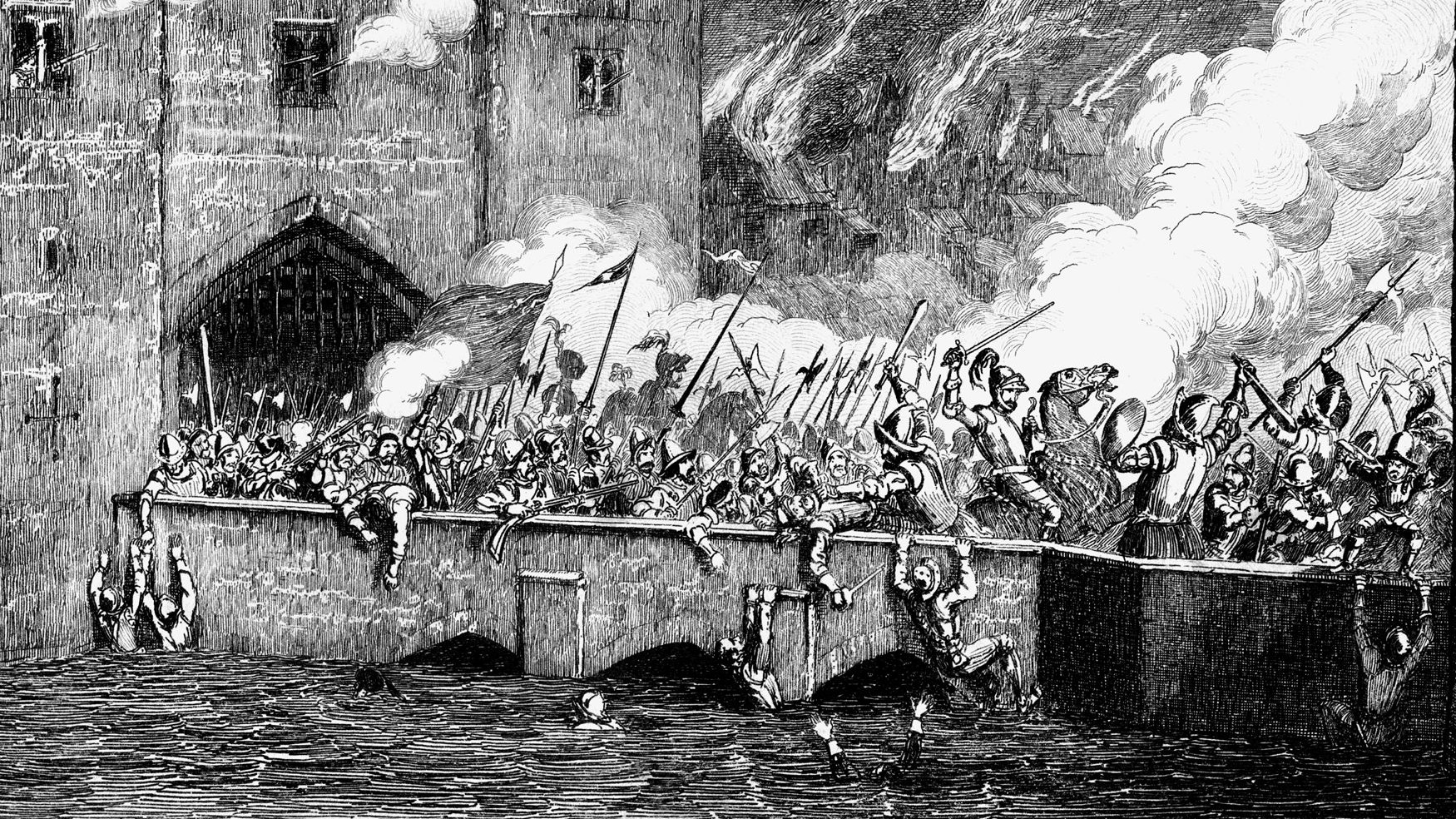
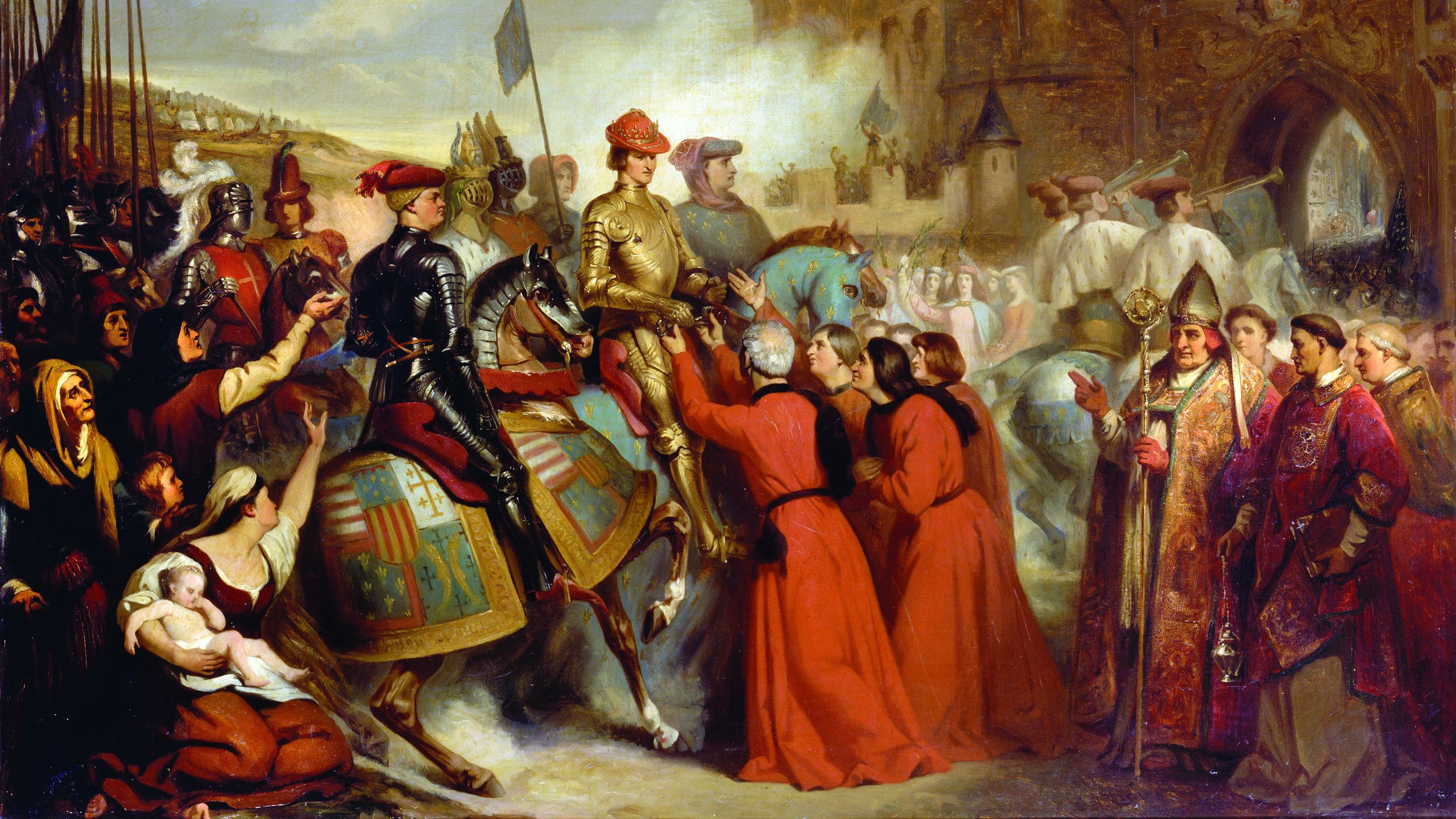
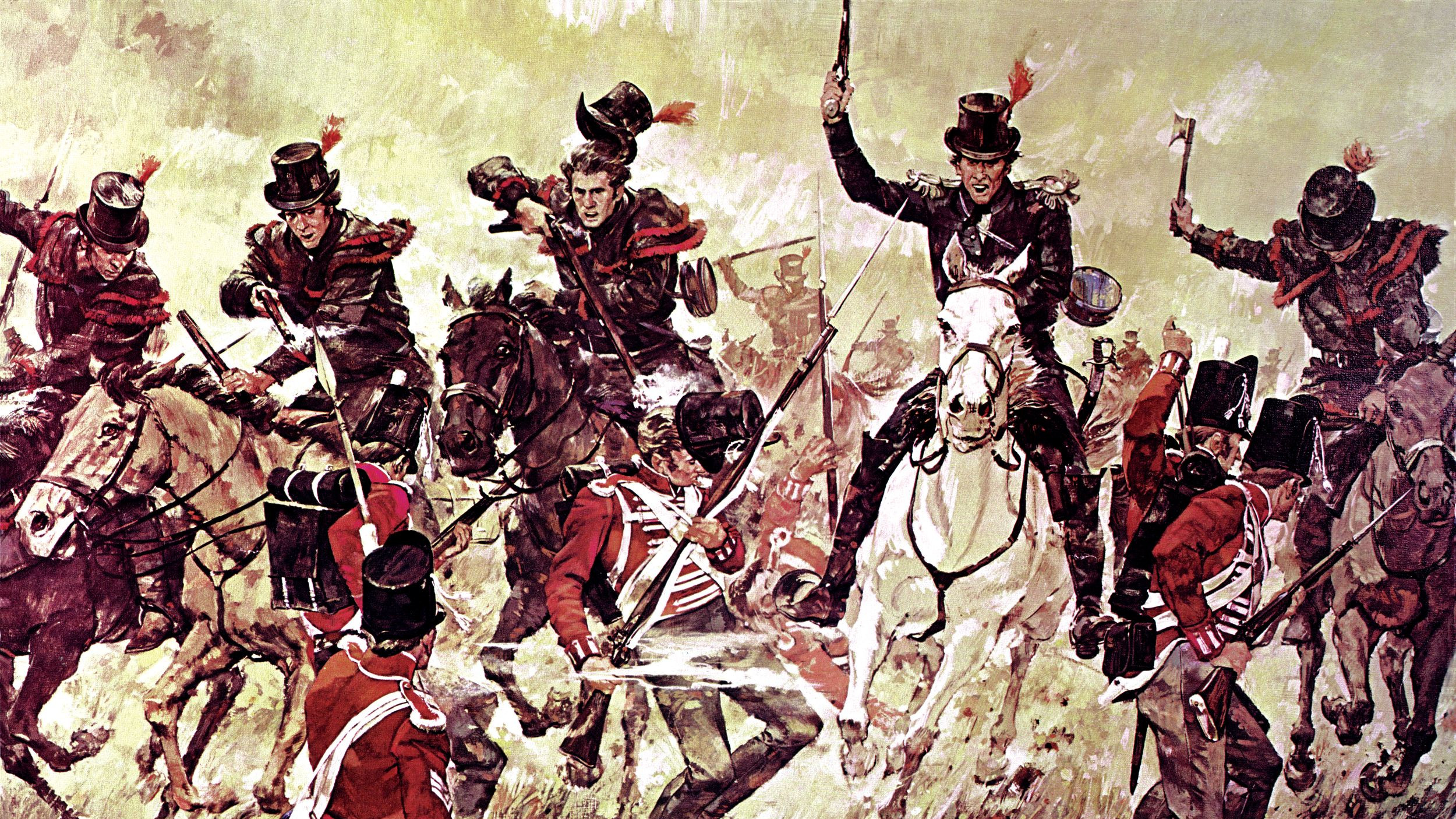
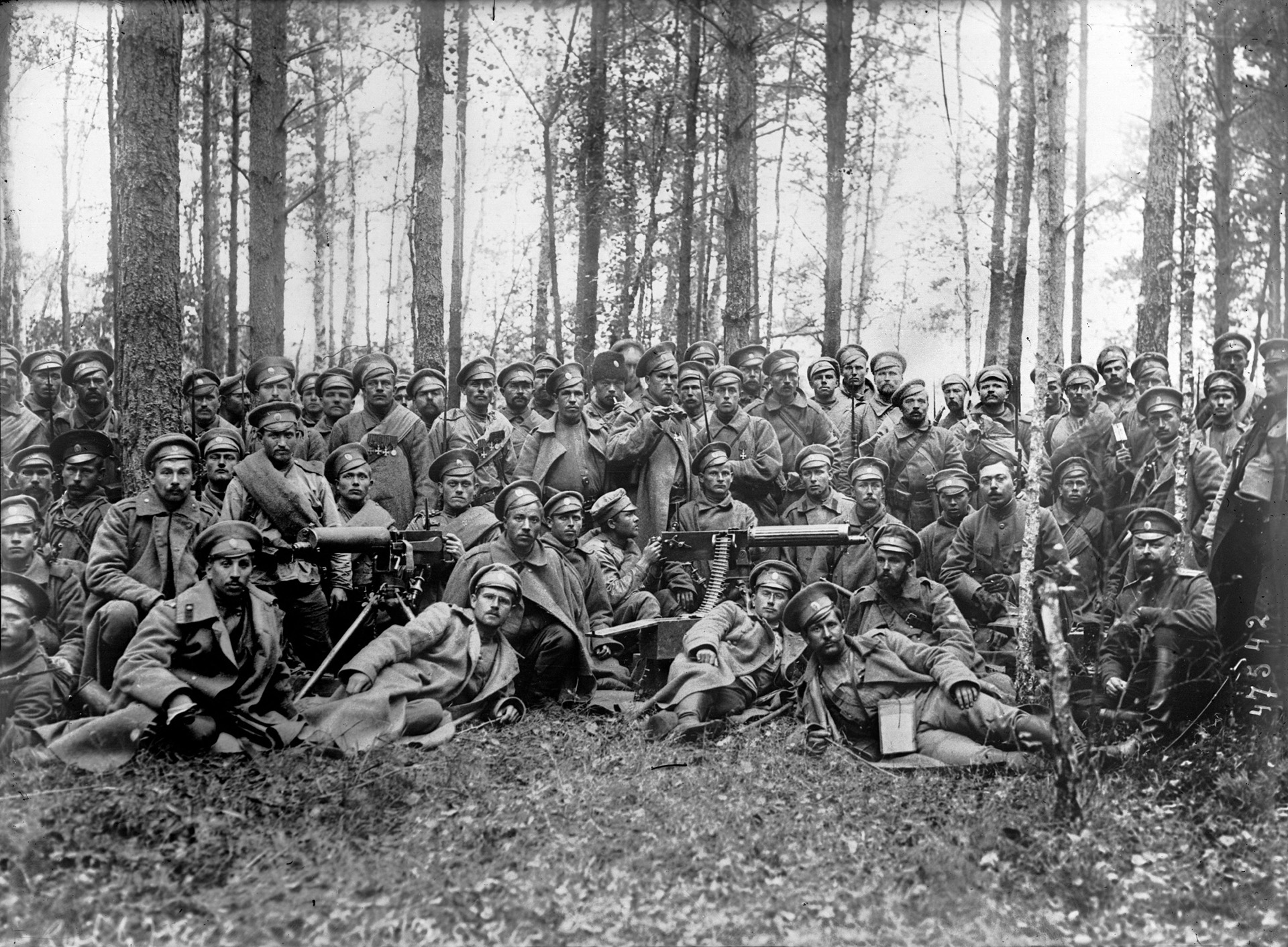
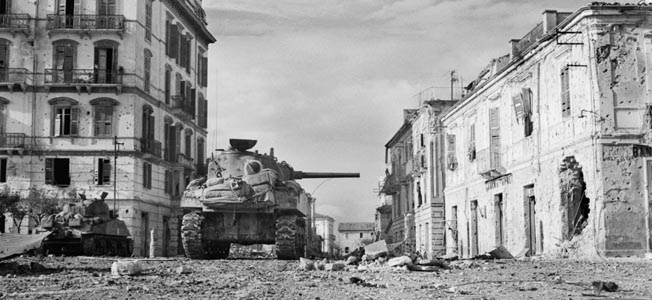
Join The Conversation
Comments
View All Comments